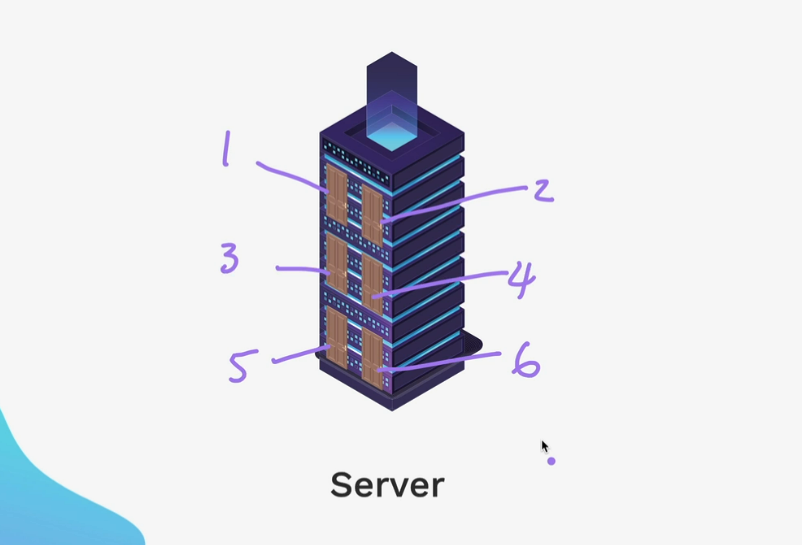Express
- Next.js VS node.js + express.js
- Next.js is great for full-stack web apps (especially those with a frontend)
- needs frontend (blog, ecommerce, dashboards)
- SEO benefits & static site generation (SSG/SSR)
- mainly content-driven
- Node.js + Express is better for backend-heavy projects where you don’t need a React frontend
- API-focused, backend-heavy, or real-time apps
- Next.js is great for full-stack web apps (especially those with a frontend)
- why express?
- u can use node to do a LOT of things, as it allows JS to run on any computer, indeed its mostly used for backend, but also used for other stuffs like IoT, desktop apps (in fact VS Code is run using Node.js!!)
- when we have a tool that generalizes for a lot of things, it often is NOT specialized in one specific thing → especially a website backend
- its like using a manual screwdriver (node.js), then using an electric screwdriver (express.js)
- so express allows us to create a backend with js + node, but it makes the whole thing SO MUCH QUICKER & EASIER

The flow
- When you start the server:
- The file is executed once
- The server is set up
- Route handlers and middlewares are defined
app.listen()starts the server and keeps it running
- For each incoming request:
- Only the relevant middleware and route handlers are executed
- The server remains running in memory
- Your defined middleware and routes are called as needed
Creating our first express server
- what we’ll use
- server - our local computer
- application - express + node
- 6 steps in creating an express server
- Create a directory (folder with all our project files)
- Create
index.jsfile - Initialize npm
"main" : "index.js"- Add
"type": "module"inpackage.jsonto use ES6
- Install the express package in the directory
npm i express
- Use the installed package and write the server application in
index.js - Start server (and test what happens when we try to send a request to our server)
- run node command:
node your_app.js - go to http://localhost:3000/
- run node command:
import express from "express"; // thanks to ES6
const app = express();
const port = 3000;
app.listen(port, () => {
console.log("Server running on port 3000.");
})const app = express();- Creates an instance of an Express application
app.listen(port, callback)port (3000)→ The port number where your server will be listening for requests (like a door on your computer).callback function→ Runs after the server starts successfully. Useful for logging or initialization.
Localhost & Post
LocalHost
- A special address that points to your own computer.
- basically making our own computer the server of our website’s backend
http://localhostis the same ashttp://127.0.0.1— a loopback address that stays within your machine.
Port
- diagram

- Think of your computer/server as an apartment building.
- The IP address (like
127.0.0.1) is the building’s street address. - The application is sitting behind the door, waiting for a knock!
- The IP address (like
- There are thousands of ports (like doors) on your computer, and different applications use different ones:
- Port 3000 → Maybe your Express.js server.
- Port 5432 → A PostgreSQL database.
- Port 80 → Default HTTP web traffic.
- The flow
- Server starts:
- Your application (Express.js) binds to port 3000 — like the person standing behind the door, ready to answer knocks.
- You visit localhost:3000:
- Your browser sends an HTTP request — this is the knock on door 3000.
- Express hears the knock:
- Since your app is listening on port 3000, it hears the knock, checks what the request is (like “What do you want?”), and sends a response.
- Response sent back:
- Your app opens the door and hands you the response — maybe some HTML or a “Hello, world!” message.
- Server starts:
- checking which ports on our computer are currently listening for interactions from the outside
- Windows:
netstat -ano | findstr "LISTENING" - Mac/Linux:
sudo lsof -i -P -n | grep LISTEN
- Windows: